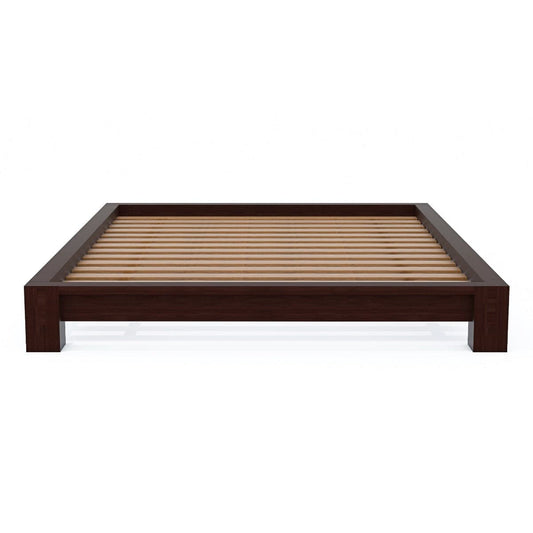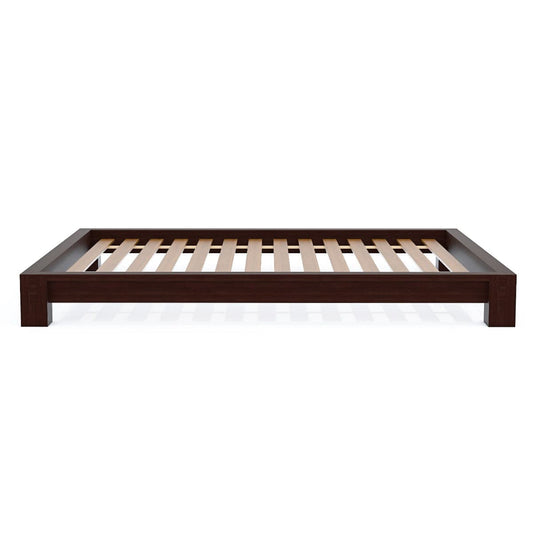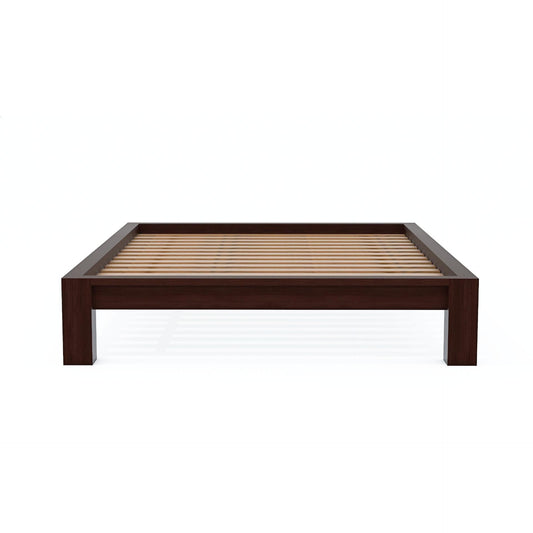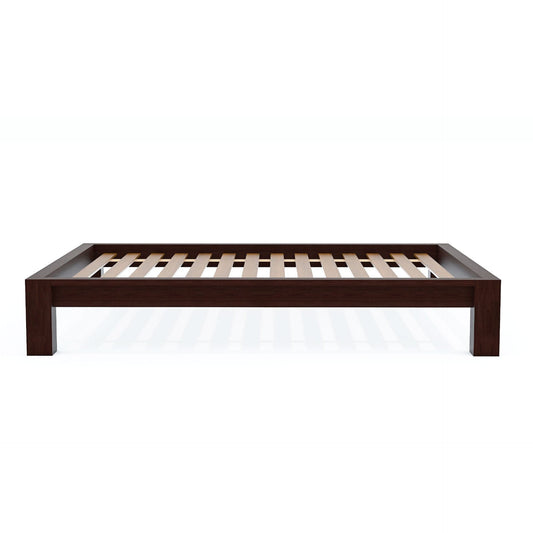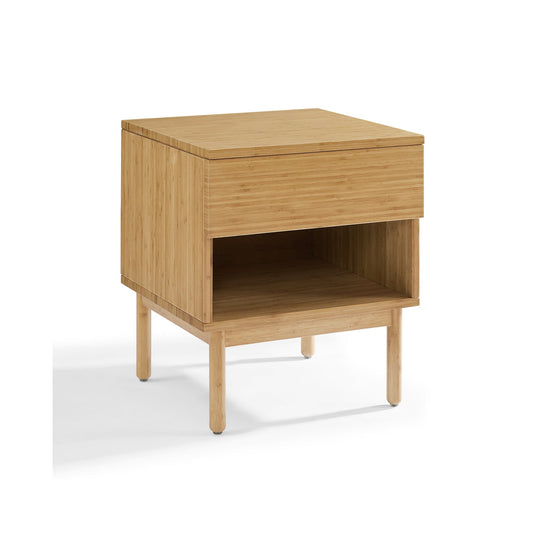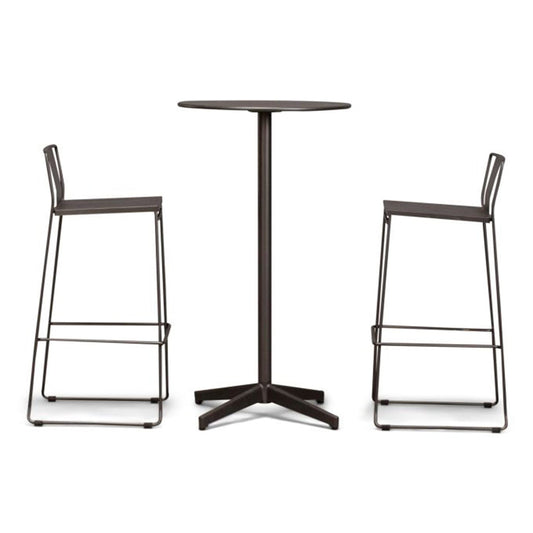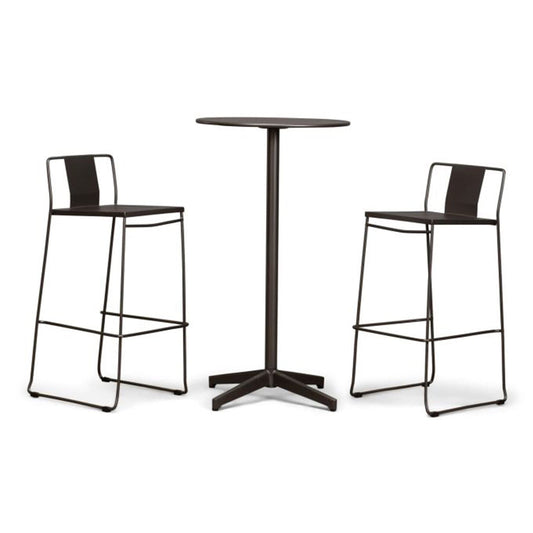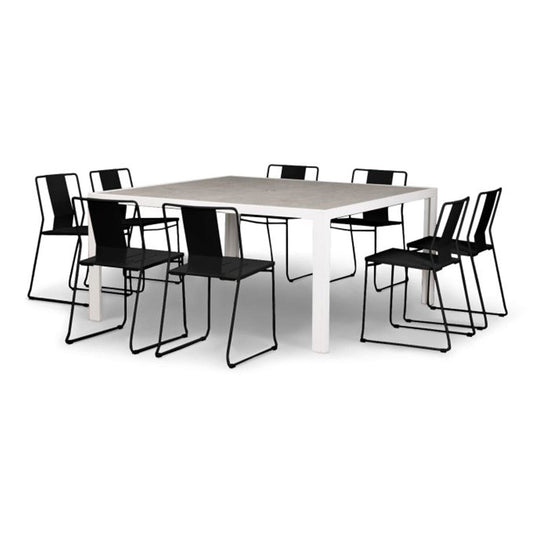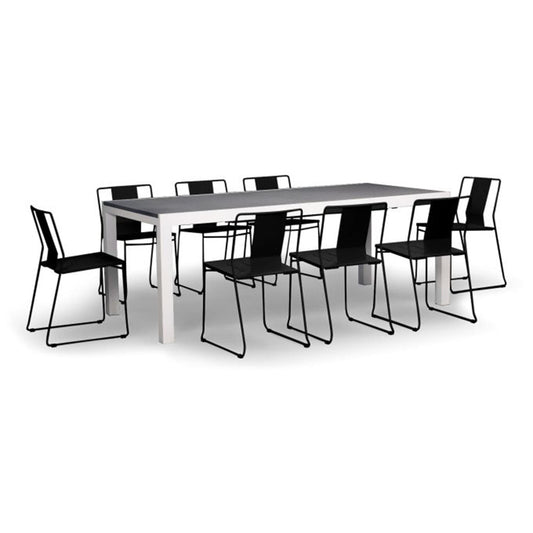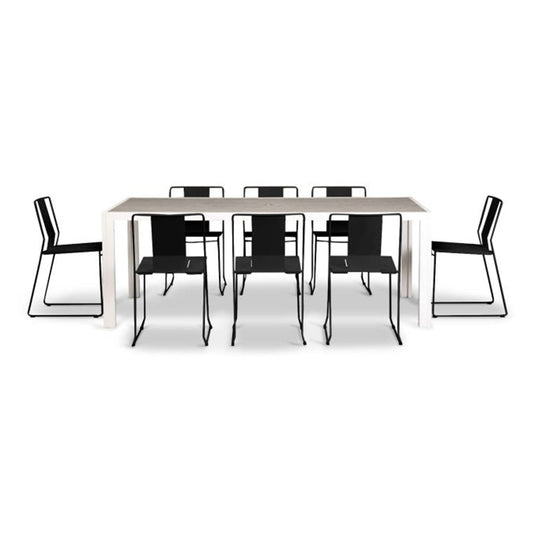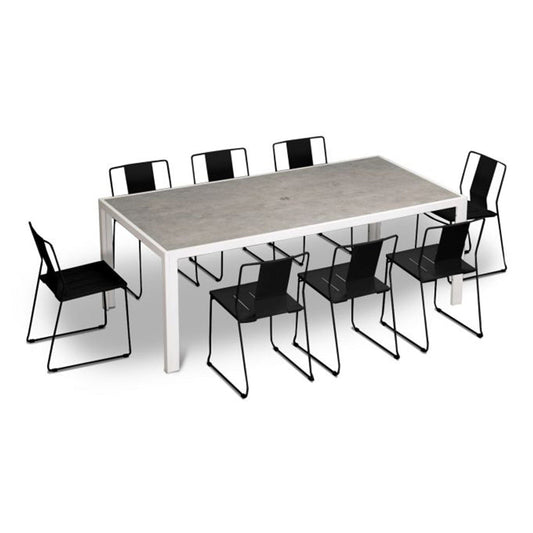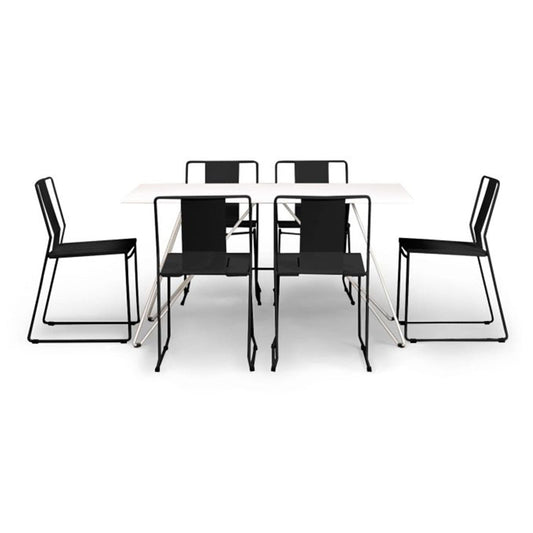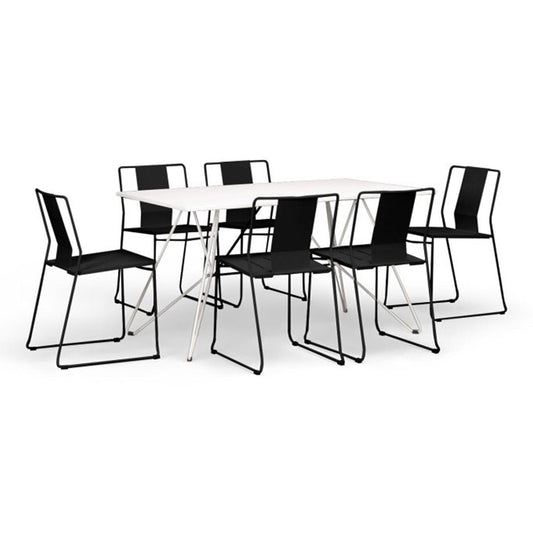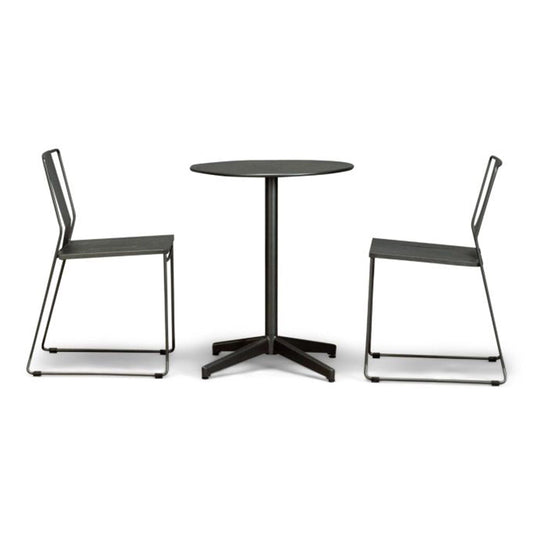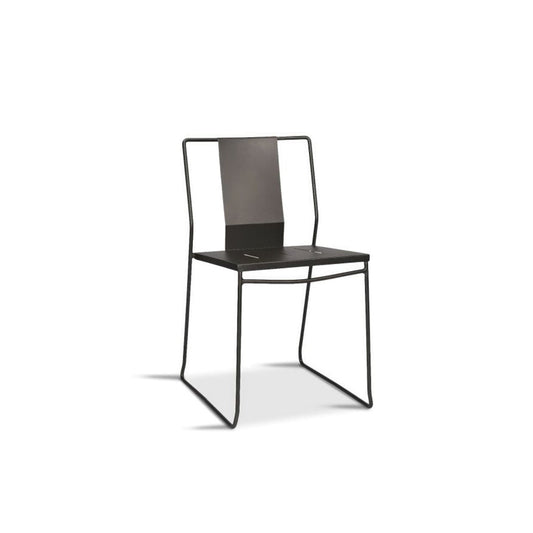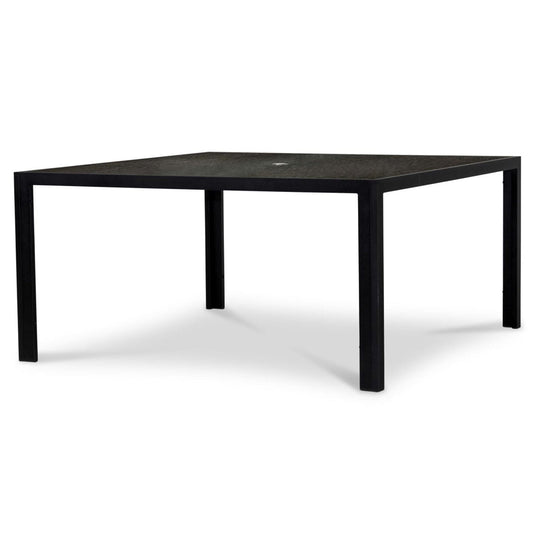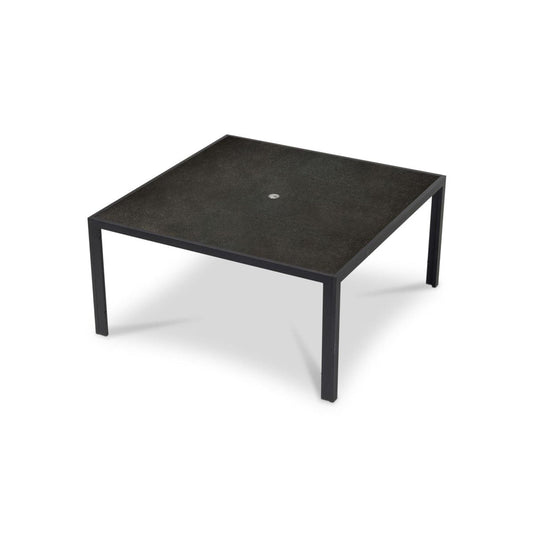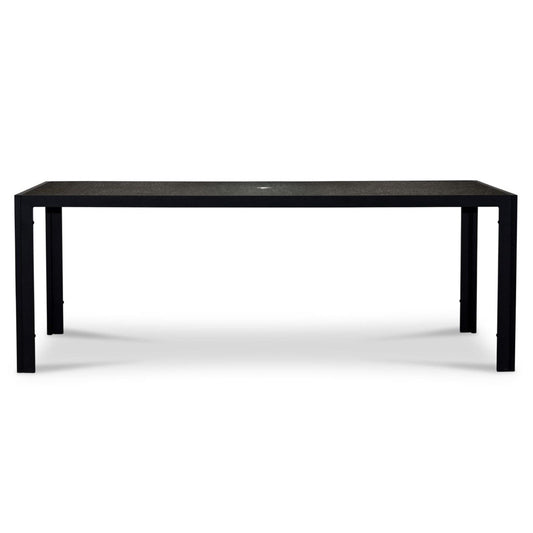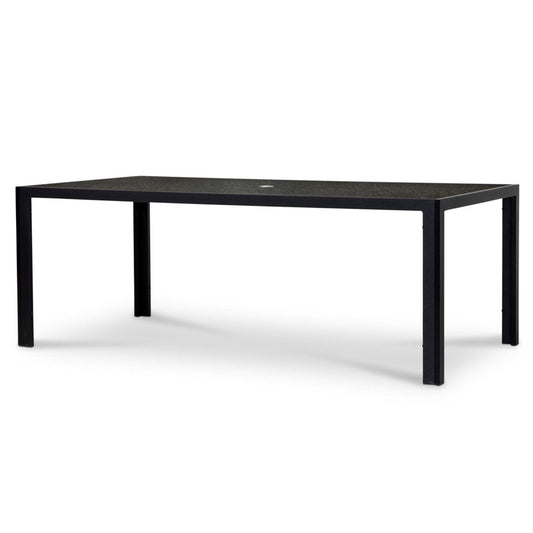Minimalist Design
-
Raku Tatami Platform Bed
Regular price From $999.00Regular priceUnit price per$1,199.00Sale price From $999.00Sale -

 Sale
SaleRaku Nightstand
Regular price $324.00Regular priceUnit price per$424.00Sale price $324.00Sale -
Raku Tatami High Rise Bed
Regular price From $1,049.00Regular priceUnit price per$1,249.00Sale price From $1,049.00Sale -
Ria 1 Drawer Nightstand
Regular price $389.00Regular priceUnit price per$576.00Sale price $389.00Sale -
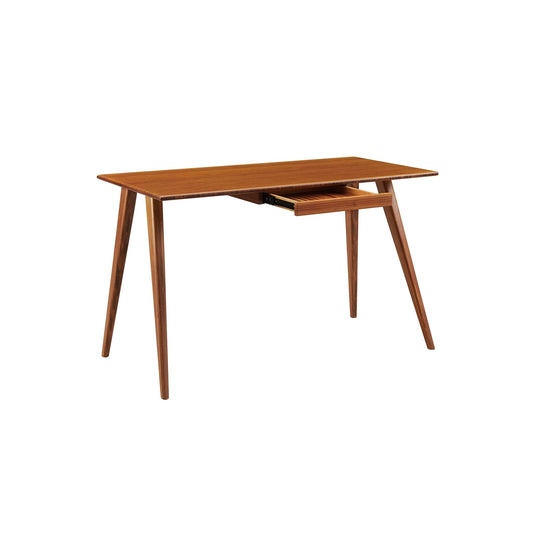
 Sale
SaleStudio Plus Desk
Regular price $628.00Regular priceUnit price per$836.00Sale price $628.00Sale -
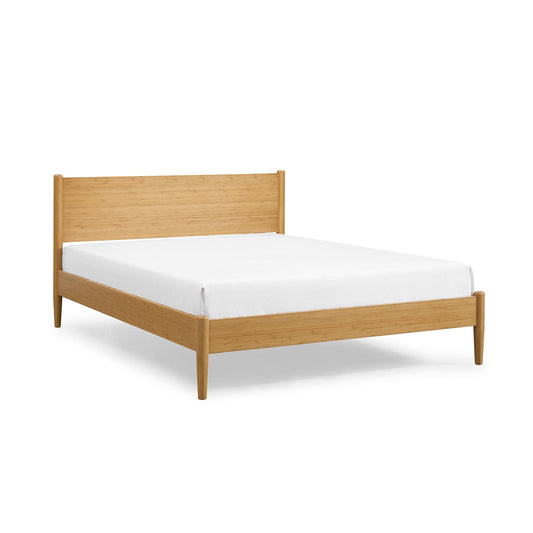
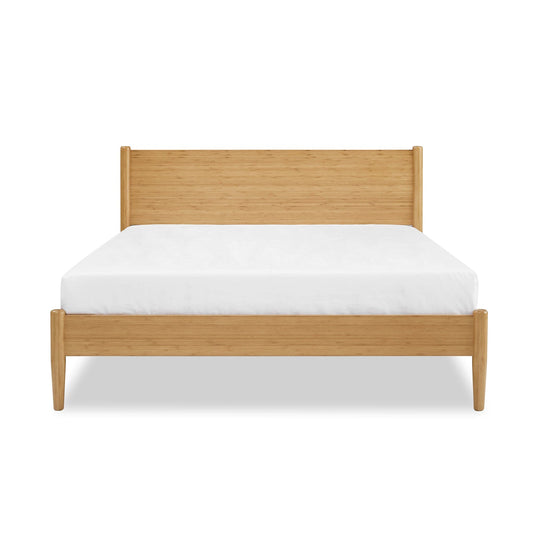 Sale
SaleRia Platform Bed
Regular price From $1,302.00Regular priceUnit price per$1,928.00Sale price From $1,302.00Sale -

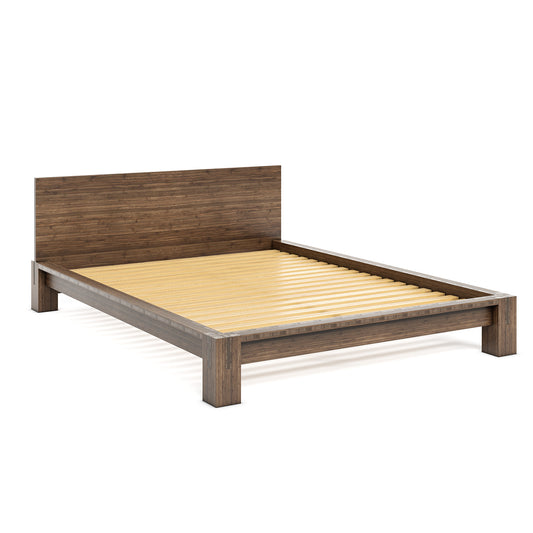 Sale
SaleKimara Platform Bed
Regular price From $1,199.00Regular priceUnit price per$1,499.00Sale price From $1,199.00Sale -
Kimara Platform Bed Headboard
Regular price From $599.00Regular priceUnit price per$799.00Sale price From $599.00Sale -
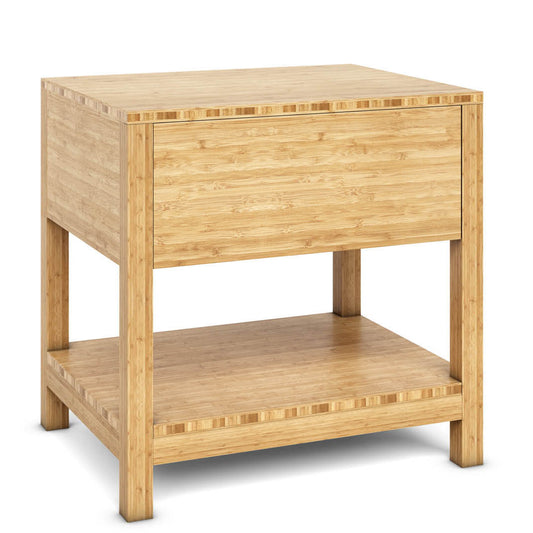
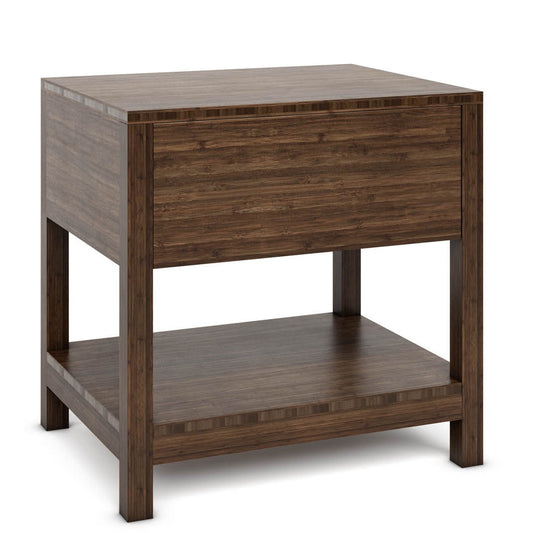 Sale
SaleKimara Nightstand
Regular price From $649.00Regular priceUnit price per$849.00Sale price From $649.00Sale -

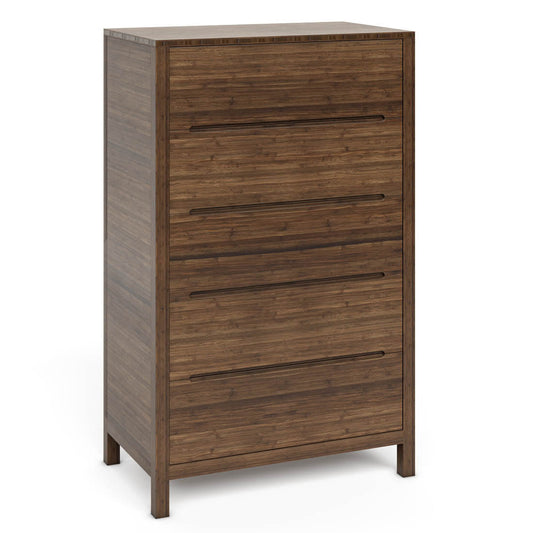 Sale
SaleKimara High Chest
Regular price From $2,319.00Regular priceUnit price per$2,799.00Sale price From $2,319.00Sale -
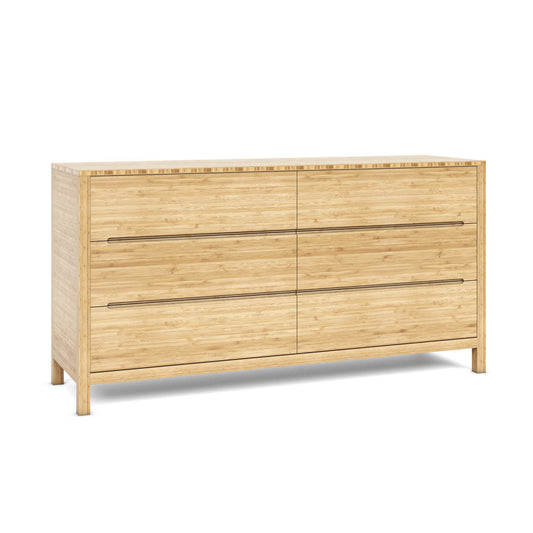
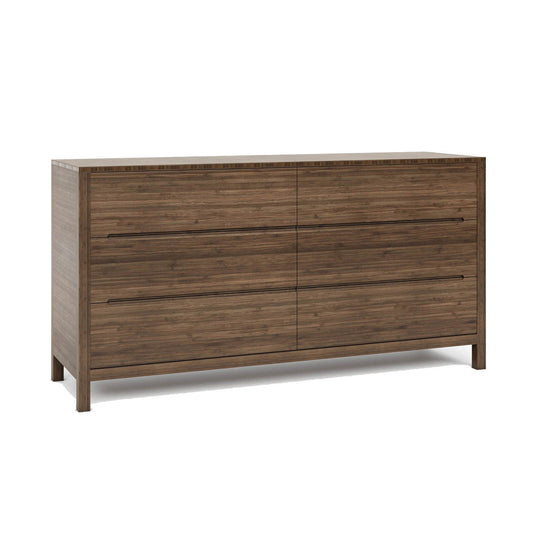 Sale
SaleKimara Dresser
Regular price $2,599.00Regular priceUnit price per$2,999.00Sale price $2,599.00Sale -
Frank 3 Piece Bar Set
Regular price $709.00Regular priceUnit price per$1,040.00Sale price $709.00Sale -
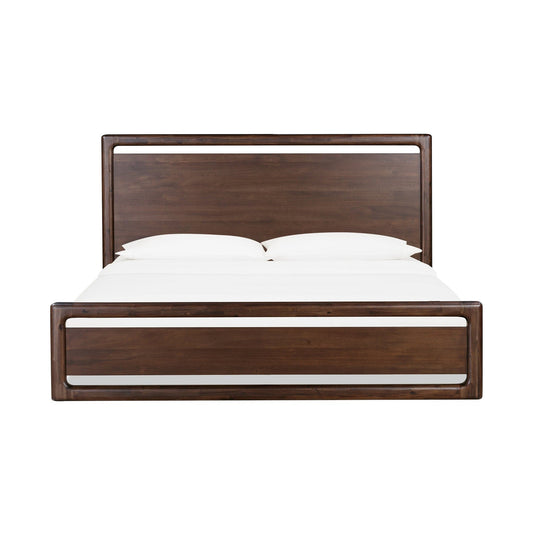
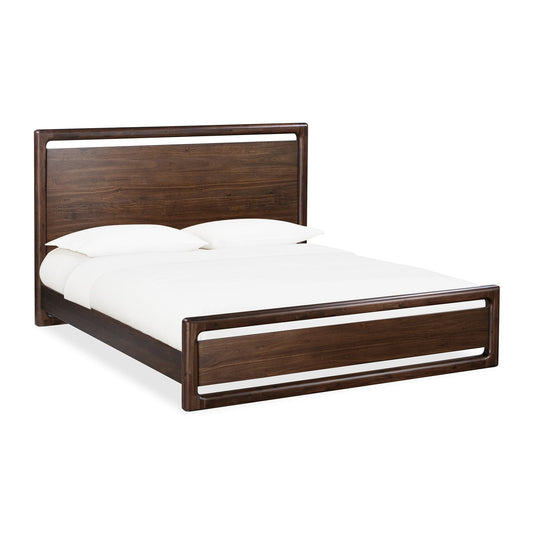 Sale
SaleSol Platform Bed
Regular price From $1,274.00Regular priceUnit price per$1,819.00Sale price From $1,274.00Sale -
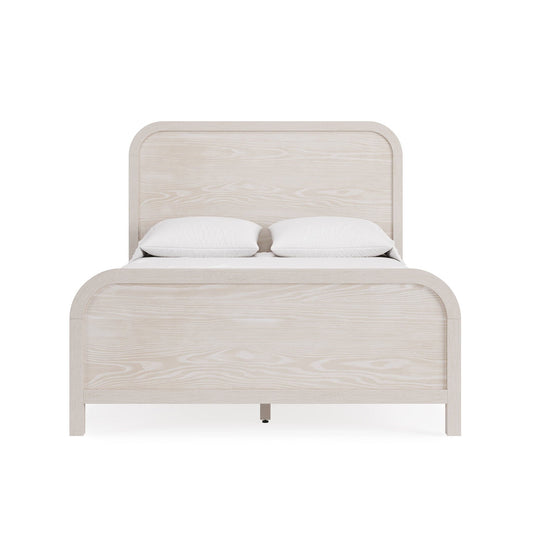
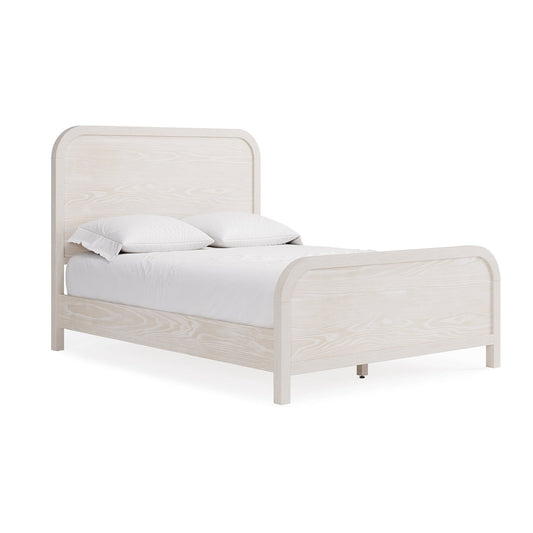 Sale
SaleDrake Platform Bed
Regular price From $1,274.00Regular priceUnit price per$1,819.00Sale price From $1,274.00Sale -
Frank 9 Piece Square Dining Set
Regular price $2,689.00Regular priceUnit price per$3,905.00Sale price $2,689.00Sale -
Frank 9 Piece Extendable Dining Set
Regular price $2,909.00Regular priceUnit price per$4,220.00Sale price $2,909.00Sale -
Frank 9 Piece Dining Set
Regular price $2,509.00Regular priceUnit price per$3,640.00Sale price $2,509.00Sale -
Frank 7 Piece Dining Set
Regular price $1,679.00Regular priceUnit price per$2,410.00Sale price $1,679.00Sale -
Frank 5 Piece Dining Set
Regular price $1,319.00Regular priceUnit price per$1,900.00Sale price $1,319.00Sale -
Frank 3 Piece Dining Set
Regular price $689.00Regular priceUnit price per$980.00Sale price $689.00Sale -
Frank Dining Side Chair
Regular price $199.00Regular priceUnit price per$275.00Sale price $199.00Sale -
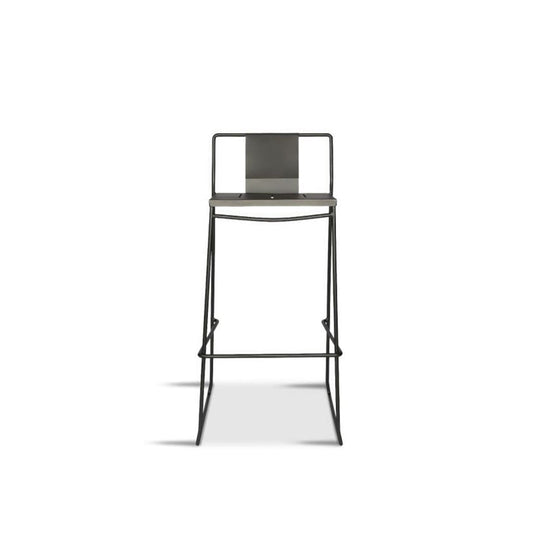
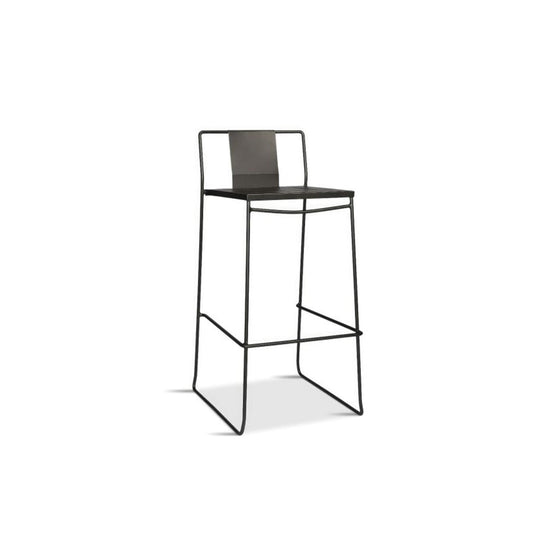 Sale
SaleFrank Bar Chair
Regular price $209.00Regular priceUnit price per$295.00Sale price $209.00Sale -
Staple 8-Seater Square Dining Table
Regular price $1,209.00Regular priceUnit price per$1,705.00Sale price $1,209.00Sale -
Staple 8-Seater Rectangular Dining Table
Regular price $1,019.00Regular priceUnit price per$1,440.00Sale price $1,019.00Sale
Minimalist Design
Minimalist Design: A Definition
Minimalist Design is an intentional and deliberate interior style that focuses on the essence of form, function, and aesthetics through simplicity and reduction. Rooted in the belief that "less is more," minimalist design seeks to create spaces that are uncluttered, harmonious, and serene. By paring down to the essentials and eliminating excess ornamentation, Minimalist Design creates environments that emphasize mindfulness, purity, and the beauty of restraint.
Key Characteristics of Minimalist Design
-
Simplicity: The core principle of minimalist design is simplicity. Spaces are stripped of unnecessary elements, leaving only what is essential and meaningful.
-
Clean Lines: Clean, straight lines are a hallmark of minimalist design. Geometric shapes and unadorned forms create a sense of order and tranquility.
- Neutral Color Palette: Minimalist interiors often feature a neutral color palette, including whites, grays, blacks, and muted tones. This palette enhances a sense of calm and visual unity.
- Functional Furniture: Furniture in minimalist design serves a functional purpose without excess embellishments. Each piece is carefully selected for its utility and aesthetic contribution.
- Limited Decor: Decorative elements are intentionally sparse. The design avoids excess ornamentation and instead focuses on a few well-chosen pieces that make a significant impact.
- Open Space: Minimalist design embraces open spaces that allow for easy movement and flow. Open layouts contribute to a sense of expansiveness.
- Negative Space: Negative space, the empty areas in a room, is as important as filled space in minimalist design. It contributes to a sense of balance and enhances the impact of design elements.
- High-Quality Materials: The use of high-quality materials and finishes takes center stage in minimalist design. Quality over quantity is emphasized.
- Purposeful Lighting: Lighting is used thoughtfully to accentuate key features and create an ambiance of tranquility. Natural light is often maximized.
- Essentialist Approach: The design follows an essentialist philosophy, meaning that each element in the space serves a purpose and contributes to the overall design narrative.
- Cultural Influences: Minimalist design can draw inspiration from various cultural aesthetics, emphasizing the purity of form and the power of simplicity across different design traditions.
- Mindfulness and Focus: Minimalist design encourages mindfulness and focus by reducing distractions and creating spaces that invite contemplation and tranquility.

